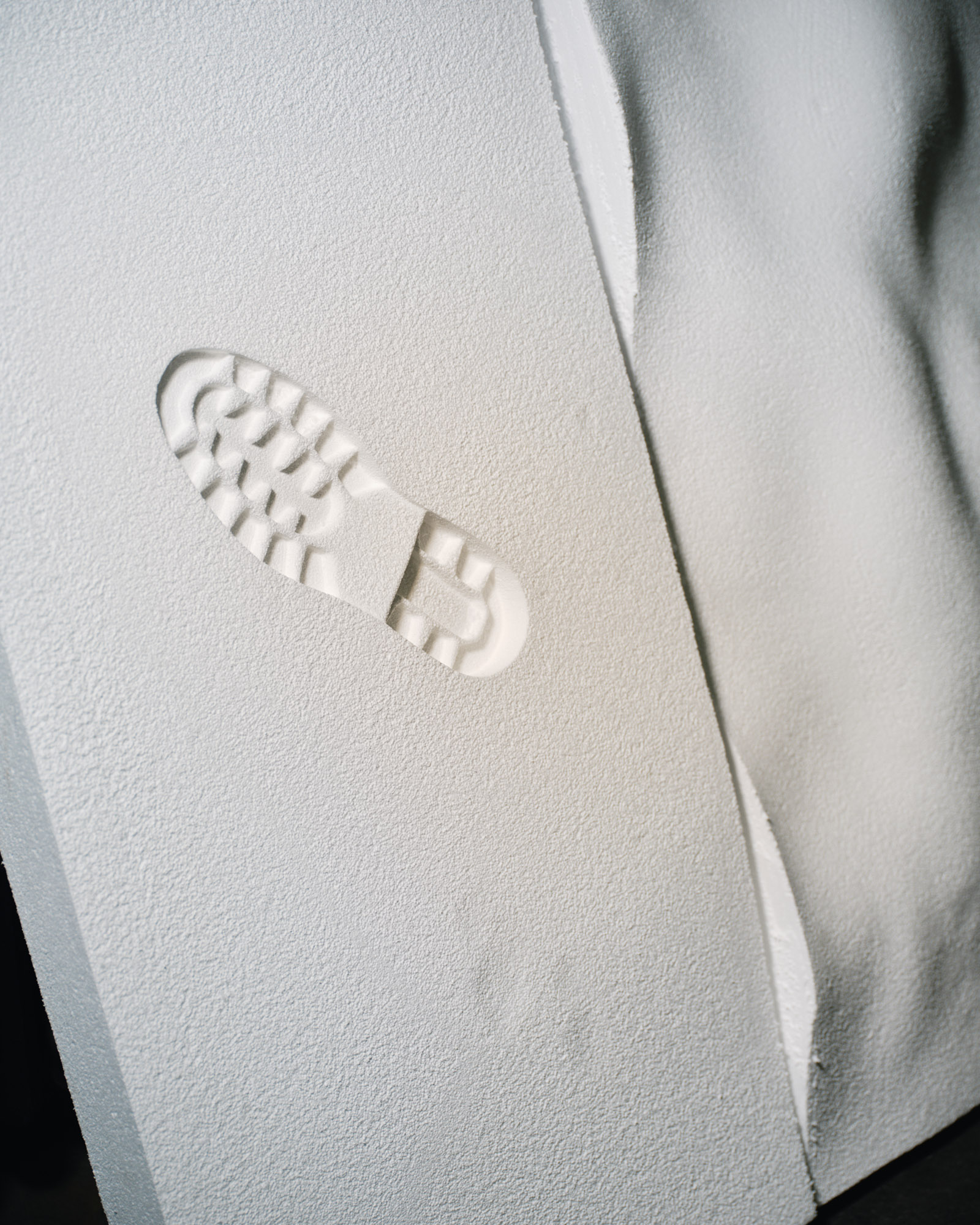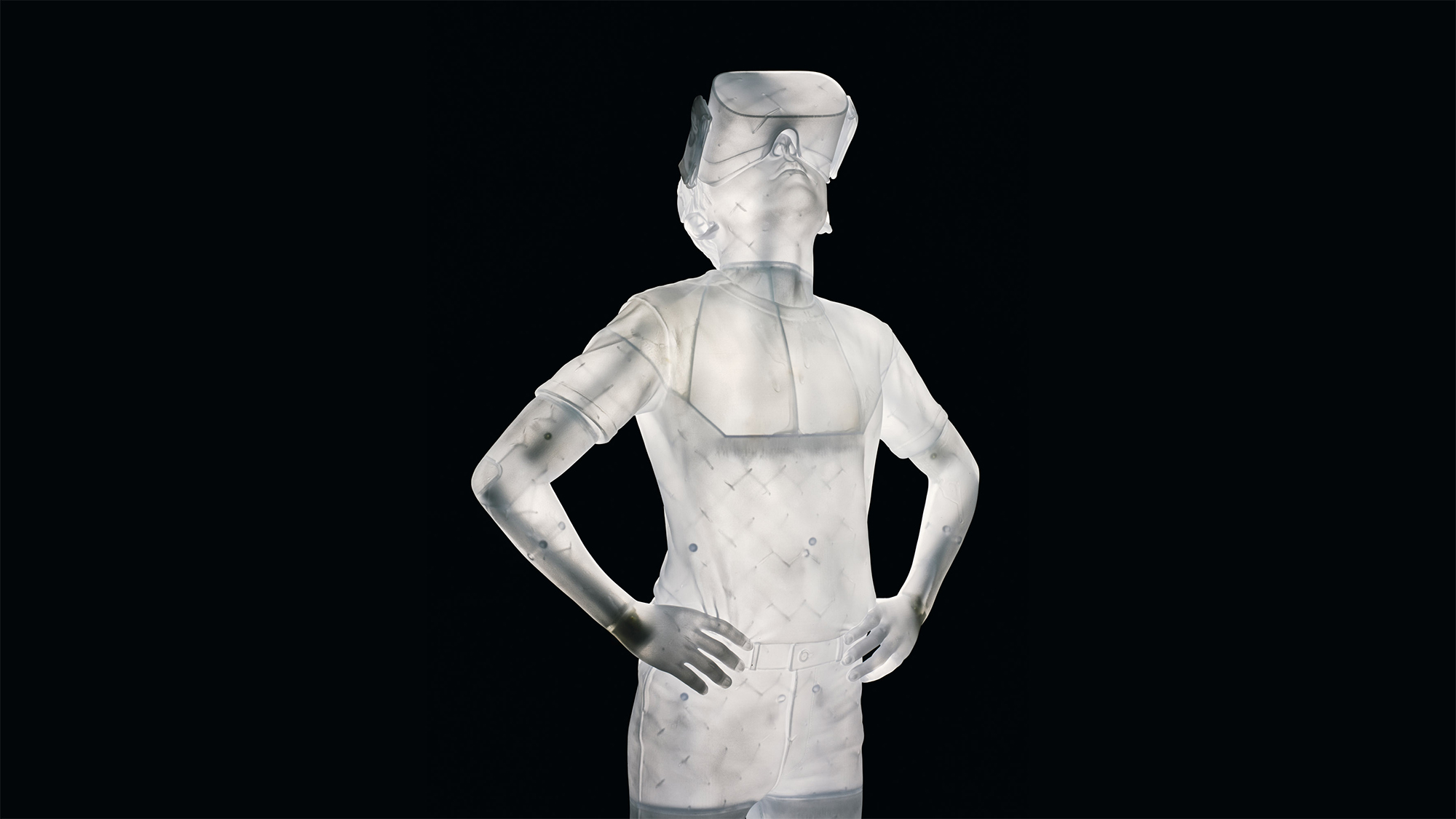
As Elmgreen & Dragset, Michael Elmgreen and Ingar Dragset bring a smart subversion to their large-scale installations. Over the last three decades, they have taken a sideways look at social and political systems by recontextualising mainstream motifs: works have included a full-scale replica of a Prada boutique in the Texan desert and a vast, vertical swimming pool, now installed in Hong Kong.
This playful mindset underpins a major new show at Musée d’Orsay in Paris, which, for the first time in its 38-year history, is staging a contemporary exhibition in its central sculpture nave. ‘L’Addition’ (opening 15 October 2024) considers the effects of recontextualisation alongside a figurative rethinking of classical motifs, with Elmgreen & Dragset’s works taking their cue from the 19th-century sculptures in the museum’s permanent collection. Here, though, they strike an uncanny tone. Look again at the apparently traditionally styled and crafted works and you begin to spot subversive details: a classical figure appears to be wearing headphones, another a VR headset, and could that one be playing with a drone?
Elmgreen & Dragset on ‘L’Addition’ at Musée d’Orsay
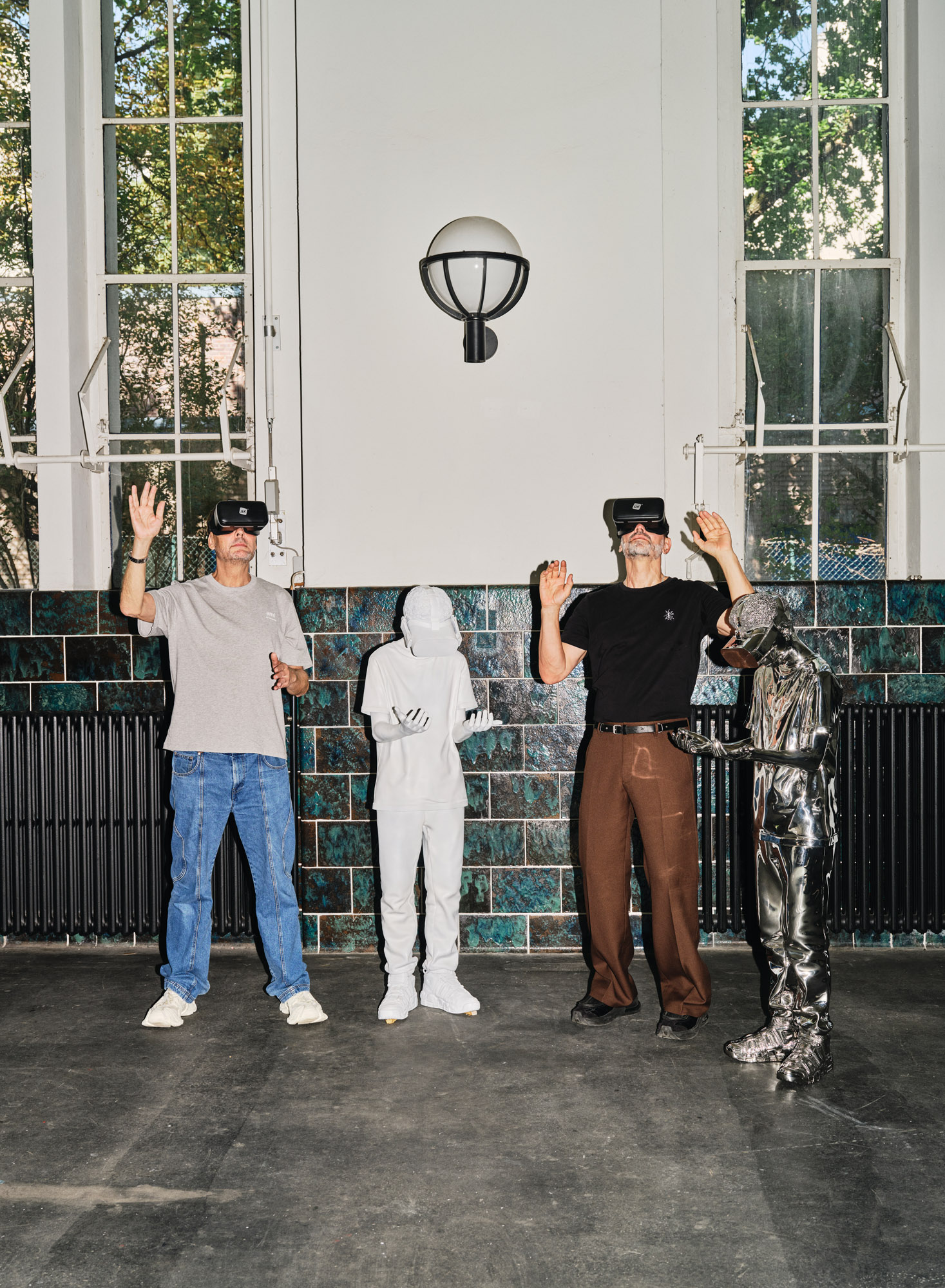
Building on 2022’s ‘Useless Bodies’ exhibition at Fondazione Prada (W*277), where Elmgreen & Dragset’s figures were paired with figurative sculptures dating from 300BC to the 19th century, here the duo use the contrast between old and new as the backdrop for a consideration of masculinity. In juxtaposing the classical and the modern, they trace its representation throughout the timelines interwoven in the Musée d’Orsay’s historical halls.
‘In ‘L’Addition’, we explore different depictions of masculinity, particularly those that have been underrepresented or written out of art history,’ say the artists (who were interviewed by email and speak as a duo). ‘Our sculptures express the vulnerability linked to growing up and forming an identity. The figures deal with traditional notions of masculinity and the struggles associated with trying to fit into a heteronormative world where the masculine role has not evolved as much as other identities have.’ They point out that many of the sculptures in the museum’s collection portray sensitive versions of masculinity, creating a conversation with the introduction of their own contemporary pieces, rather than a clash.
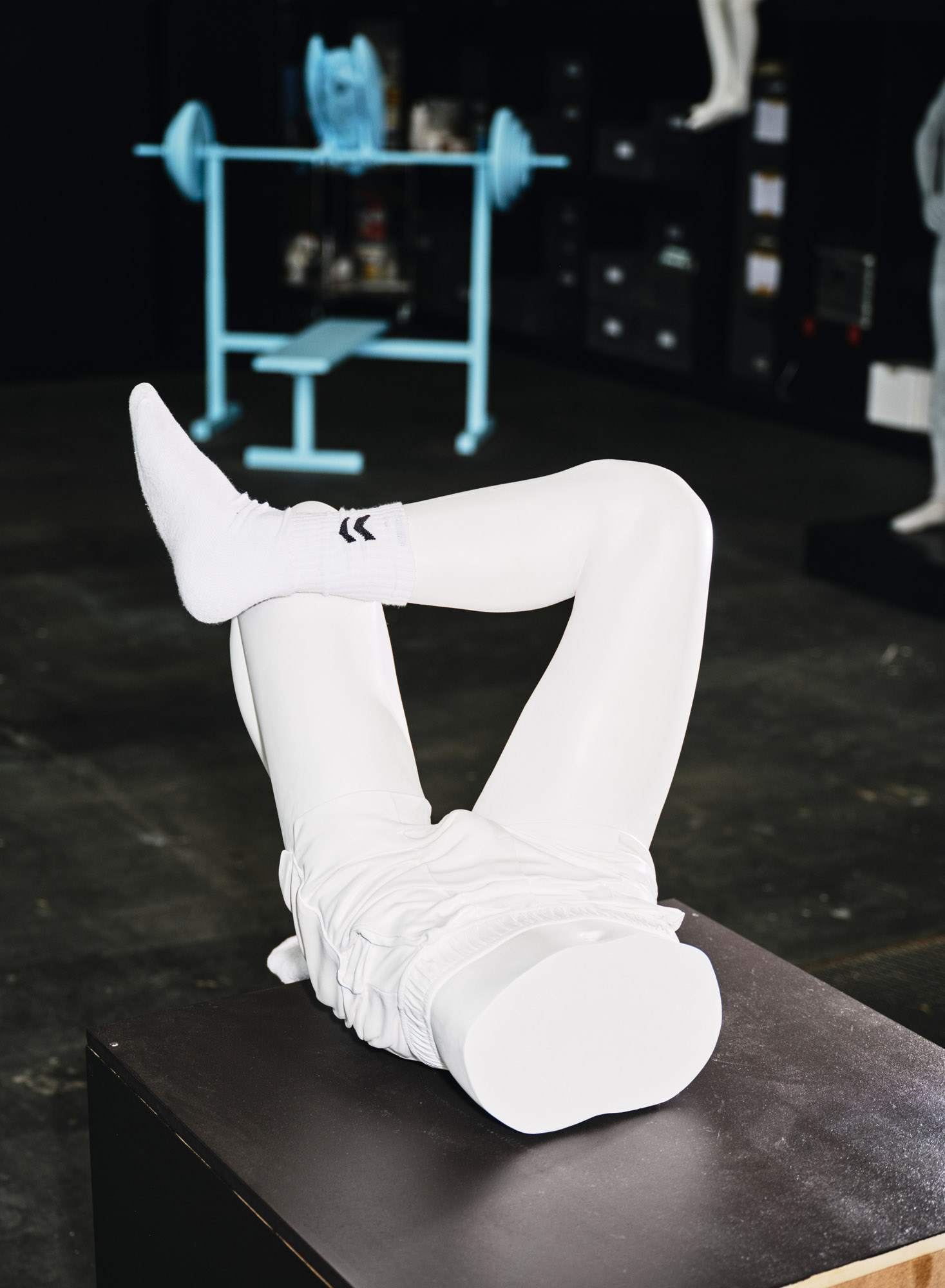
‘Of course, a lot of progress has been made and, fortunately, many people’s understanding of gender and sexuality is much more fluid and complex today. The acceptance of non-binary identities represents real progress. But, at the same time, we are experiencing a concerning regression among some conservative-minded men who feel lost amid the shifts in society. They simply don’t know what their role is today, so they tend to cling on to outdated, repressive ideas of power. It sometimes still seems like there is a long way to go in redefining masculine roles, so it is urgent to keep on pushing.’ Fittingly, the exhibition runs concurrently to ‘Caillebotte. Painting Men’, which focuses on 19th-century artist Gustave Caillebotte, his predilection for masculine forms, and the arresting modernity of his male portraits.
'It sometimes still seems like there is a long way to go in redefining masculine roles, so it is urgent to keep on pushing'
Elmgreen & Dragset
At the Musée d’Orsay, Elmgreen & Dragset’s works play with neoclassical materials and forms, but their figures are frozen in leisure – listening to music, launching a drone into the air or engrossed in VR – on the precipice of worlds we can’t access. This is taken literally in the case of a boy who stands at the end of a diving board, contemplating the vast hall of the Musée d’Orsay below, or figuratively in the isolation of those lost in a world of music, with the technology they clutch seemingly an extension of themselves. Cut off from us, we are asked to imagine their situation – what are they listening to, watching, feeling? – forcing us to confront our own assumption of their identity and who we consider they are.
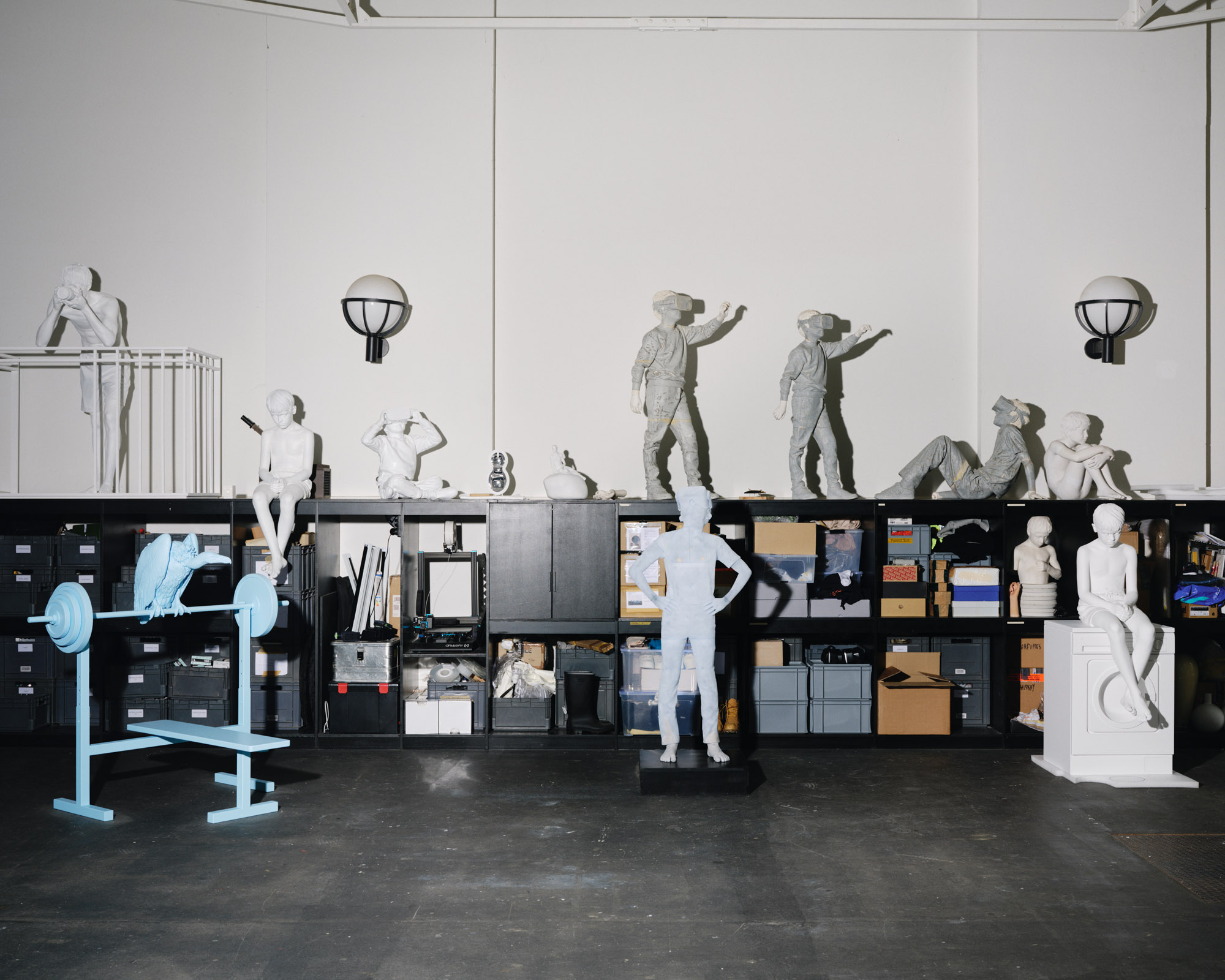
'In one work, the washing machine serves as a kind of plinth for the seated sculpture. Sometimes the most profound ‘truth’ can occur in the most banal imagery'
Elmgreen & Dragset
‘The meeting between our figures and those from the permanent collection feels natural,’ the artists say. ‘However, our sculptures have certain contemporary signifiers, like street clothes or headphones, that firmly place them in the present day. Many of the 19th-century pieces in the nave are figures interacting with objects such as books and musical instruments. We specifically created some sculptures to mirror these gestures, but with a modern twist, incorporating gadgets like VR goggles or a drone. Some of these figures might appear contemplative, lost in thought or perhaps in technology. Since the audience can’t know what these figures are listening to, or what they are seeing behind their VR masks, they might project their own interpretations on to them.’
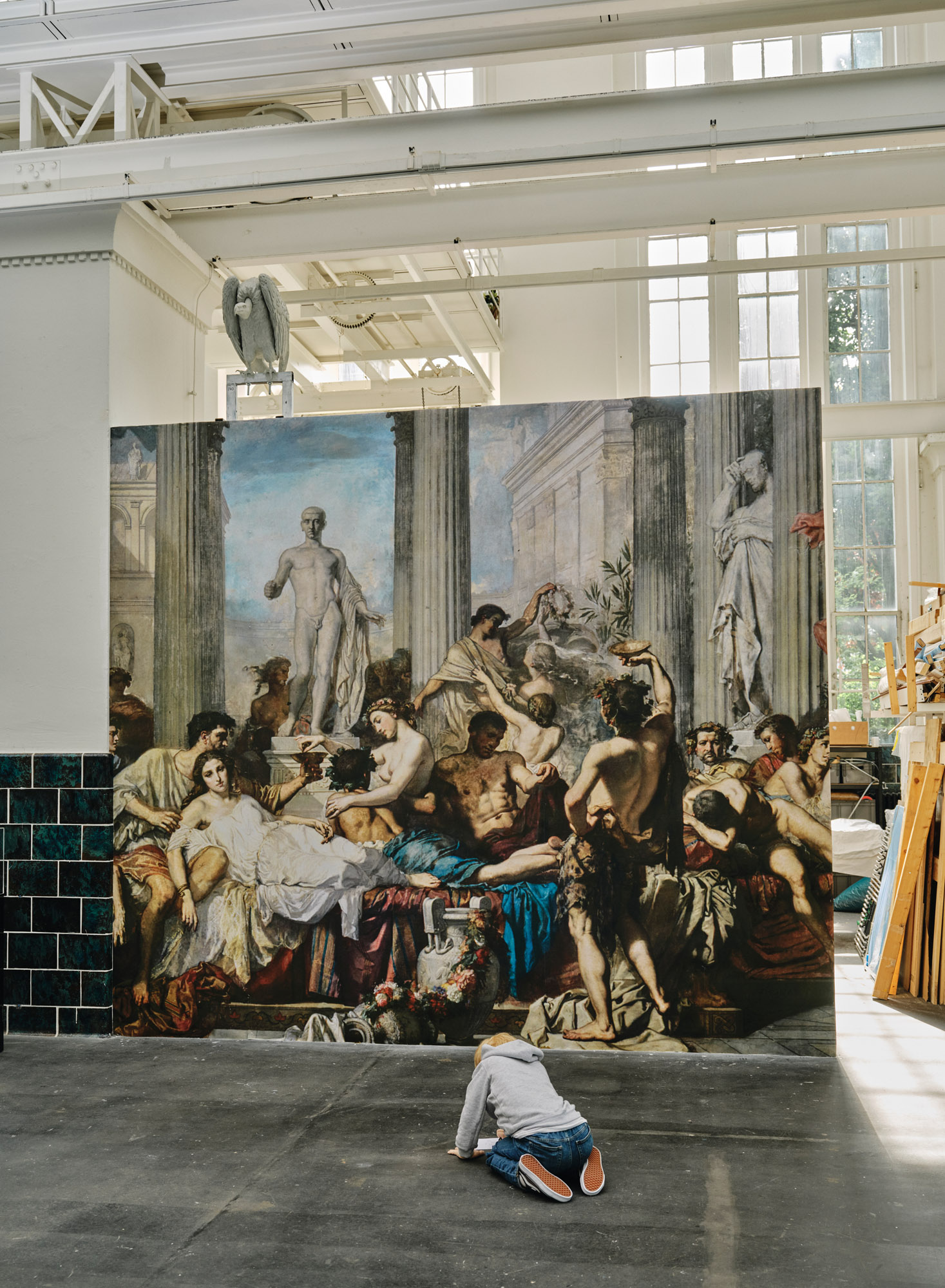
Works are almost indistinguishable from the classic pieces. Created from a mix of materials, from silicone to bronze, they either encompass a hyper-reality or mimic historical forms. Disconcertingly, you never quite know which one to expect. ‘One of the works, a hyper-realistic silicone figure of a boy drawing in front of a monumental painting, could easily be mistaken for a real child, perhaps a pupil left behind by his teacher and classmates,’ explain the artists. ‘Others, in marble or bronze, might more noticeably be in conversation with the works around them and play with people’s expectations of a figurative sculpture. A realistic-looking sculpture made of silicone, real hair and clothing versus marble evokes distinct associations, and viewers react to them differently.’
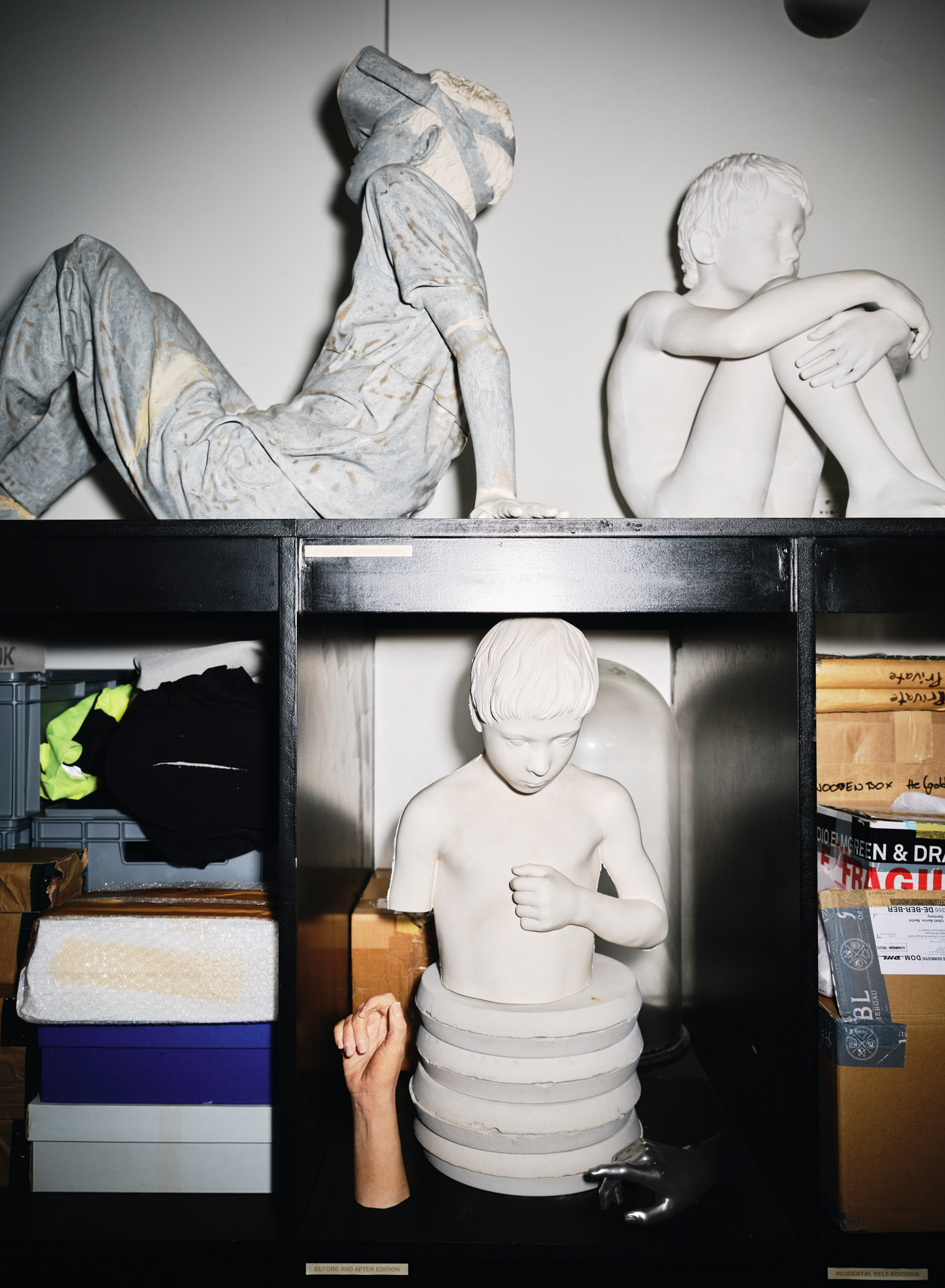
Many of the figures are young, lost in play, a nostalgic childhood captured through the shadowy lens of memory. ‘In general, we try to create artworks that express certain emotions, conflicts and developments that are relevant to our own lives.
Looking back in this way also helps us to better understand our current and evolving selves,’ they add. ‘Ever since creating our sculpture of a boy on a rocking horse for the Fourth Plinth at Trafalgar Square in London in 2012, we have continued to revisit the theme of upbringing in our practice. Over the last decade, we have reflected more on childhood, a formative and overwhelming time when one encounters so many norms and expectations for the first time. But with each new generation, there is room for progress and hope.’
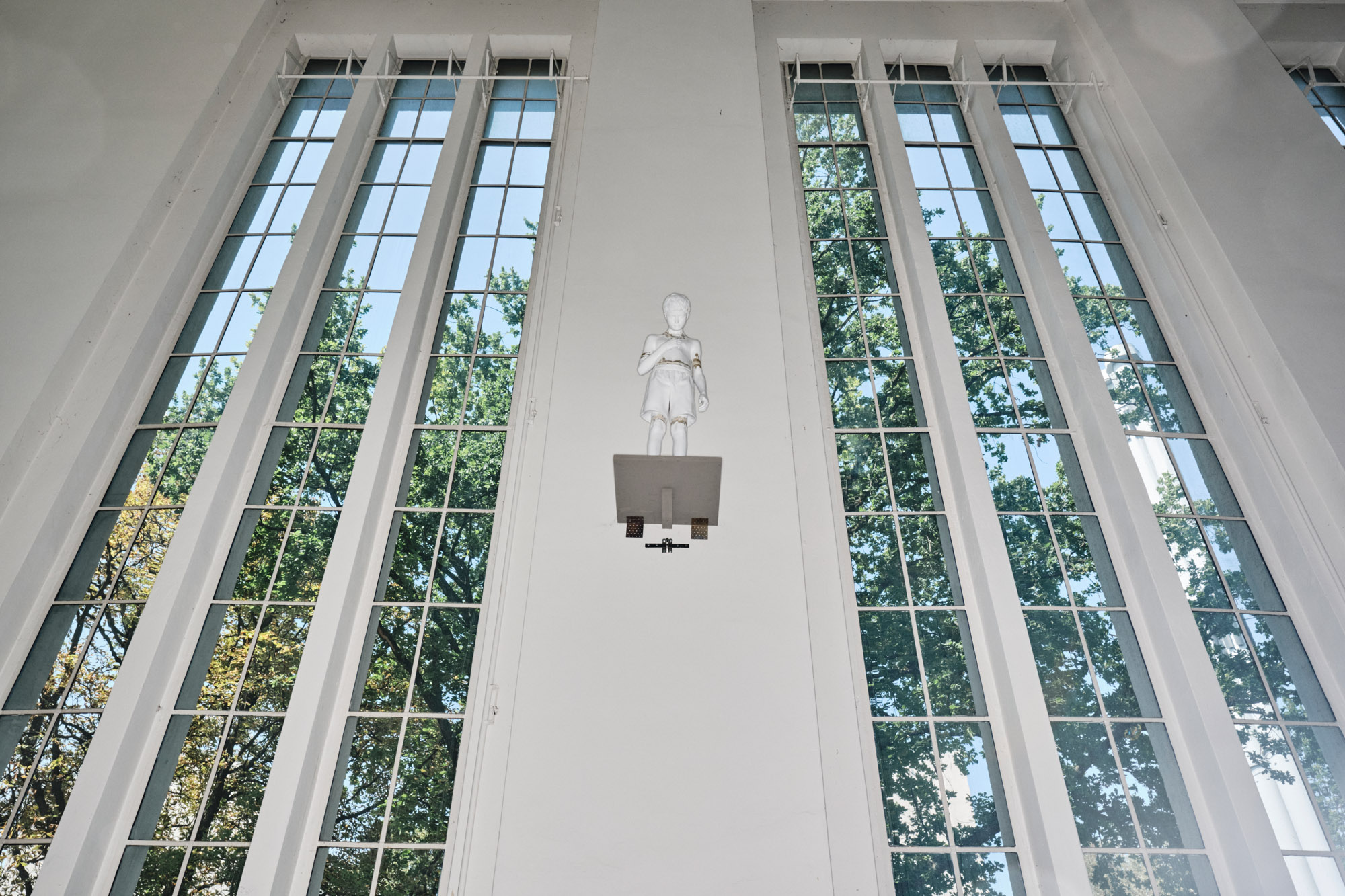
The quotidian, and our instinctive commitment to maintaining the order of the everyday, is explored here, too. ‘Cleaning rituals, and domestic life in general, have been subjects for artists for centuries. In one work, called Laundry, the washing machine serves as a kind of plinth for the seated sculpture. To us, there is something reassuring and very human about this work. Technology may have improved our lives, but we are still bound to our bodily routines, basic needs and, for now, our physical, ageing selves. Sometimes the most profound ‘truth’ can occur in the most banal imagery.’
Neither artist received a formal art education and, consequently, they are keen to leave works open to interpretation, the latest step in a career defined by questioning accepted norms in the art world. ‘For one of our early pieces, we embedded a white cube gallery into the ground. It almost resembled an open grave and empowered the spectator, positioning them above it. Eventually, we started altering art spaces themselves. Today, we often restage an entire exhibition venue into a different kind of setting so it resembles – to name a few examples – an office landscape, an airport or a hospital ward. By changing the spatial settings in which we present our works, we hope that the audience can experience both the art and the venue in a new way. At Orsay, we are not completely transforming the space, but we will alter a part of this iconic hall quite dramatically.’
‘L’Addition’ is on show from 15 October-2 February at Musée d’Orsay, Paris, musee-orsay.fr, elmgreen-dragset.com
This article appears in the November 2024 issue of Wallpaper* , available in print on newsstands from 10 October, on the Wallpaper* app on Apple iOS, and to subscribers of Apple News +. Subscribe to Wallpaper* today
